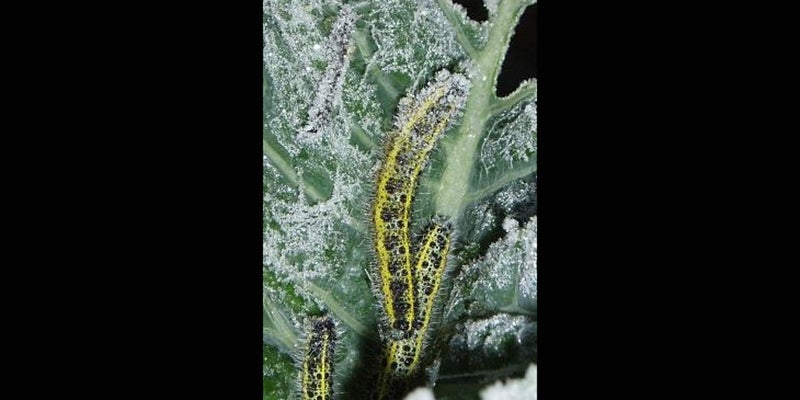Nature Notes: The bugs are back, all right!
Published 6:57 pm Tuesday, March 28, 2023

- Photo courtesy of the Amateur Entomologists’ Society
|
Getting your Trinity Audio player ready...
|
By Meredith Maloney
Office Manager/Naturalist
As April approaches and frosts begin to dwindle, the ecosystems of Minnesota awaken. Green creeps back to our forests, birds return and sing for companionship, and to the dismay of many, bugs reappear. I often wondered as a kid, where did the bugs go in wintertime?
Did they die, and come back to life? Did they leave, and fly back? If they stayed here, how did they not freeze to death? Well, the answer is; sort of, yes, and seemingly by magic, but actually by some really interesting biology.
For some insects, winter is a time of feasting and growth. Invertebrates that live in streams and ponds are shielded from predators thanks to a thin layer of ice, and are insulated from harsh winds and variable temperatures. Detritivores, or invertebrates that feed on decaying matter, munch on leaves that fell off of trees in Autumn.
Insects like monarch butterflies and some species of dragonflies travel thousands of miles to Mexico for the winter, and migrate back when temperatures warm in the midwest. This feat is not widely used by insects: most grin and bear it throughout our harsh winters. Or, like Japanese beetles and ladybugs, they find refuge in trees, cracks and crevices, and even our homes while waiting for sunshine.
Insects that overwinter survive using one of two methods; freeze avoidance or freeze tolerance. Freeze tolerant insects are able to survive while liquid in their body freezes, while freeze avoidant insects find ways to keep from freezing.
Freeze avoidance can be achieved in a variety of ways. Some insects purge all of the food and water in their bodies so there isn’t anything that can freeze. Some produce a waxy coating on their exoskeletons that prevents water from sticking to them and in turn, prevents them from becoming encased in ice. Some simply bury themselves in the soil to avoid predation and the bitter cold. Some even produce a chemical that is impressively similar to the antifreeze that we put in our cars!
Freeze tolerance is a truly impressive feat. In most creatures, freezing causes irreversible and life threatening damage to tissue. But in some evolutionarily bewildering insects like the woolly bear caterpillar, freezing solid is a winter survival tactic. Woolly bear caterpillars freeze in the wintertime and thaw in the springtime. Following this thaw, they can reach their final form as a woolly bear moth.
However they do it, surviving the Minnesota winter is easier said than done. So as we curse the fact that spring’s arrival leads to bugs, remember what these insects had to do in order to enjoy another season.


